Preface
Contents
1 Introduction
1.1 Physics
1.2 Mechanics
1.3 Integrating Numerical Methods
1.4 Problems and Exercises
1.5 How to Learn Physics
1.5.1 Advice for How to Succeed
1.6 How to Use This Book
2 Getting Started with Programming
2.1 A Python Calculator
2.2 Scripts and Functions
2.3 Plotting Data-Sets
2.4 Plotting a Function
2.5 Random Numbers
2.6 Conditions
2.7 Reading Real Data
2.7.1 Example: Plot of Function and Derivative
3 Units and Measurement
3.1 Standardized Units
3.2 Changing Units
3.3 Uncertainty and Significant Digits
3.4 Numerical Representation
4 Motion in One Dimension
4.1 Description of Motion
4.1.1 Example: Motion of a Falling Tennis Ball
4.2 Calculation of Motion
4.2.1 Example: Modeling the Motion of a Falling Tennis Ball
5 Forces in One Dimension
5.1 What Is a Force?
5.2 Identifying Forces
5.3 Newton's Second Law of Motion
5.3.1 Example: Acceleration and Forces on a Lunar Lander
5.4 Force Models
5.5 Force Model: Gravitational Force
5.6 Force Model: Viscous Force
5.6.1 Example: Falling Raindrops
5.7 Force Model: Spring Force
5.7.1 Example: Motion of a Hanging Block
5.8 Newton's First Law
5.9 Newton's Third Law
5.9.1 Example: Weight in an Elevator
6 Motion in Two and Three Dimensions
6.1 Vectors
6.2 Description of Motion
6.2.1 Example: Mars Express
6.3 Calculation of Motion
6.3.1 Example: Feather in the Wind
6.4 Frames of Reference
6.4.1 Example: Motion of a Boat on a Flowing River
7 Forces in Two and Three Dimensions
7.1 Identifying Forces
7.2 Newton's Second Law
7.3 Force Model---Constant Gravity
7.3.1 Example: Motion of a Ball with Gravity
7.4 Force Model---Viscous Force
7.4.1 Example: Path Through a Tornado
7.5 Force Model---Spring Force
7.5.1 Example: Motion of a Bouncing Ball with Air Resistance
7.6 Force Model---Central Force
7.6.1 Example: Comet Trajectory
8 Constrained Motion
8.1 Linear Motion
8.2 Curved Motion
8.2.1 Example: Acceleration of a Matchbox Car
8.2.2 Example: Acceleration of a Rotating Rod
8.2.3 Example: Normal Acceleration in Circular Motion
9 Forces and Constrained Motion
9.1 Linear Constraints
9.1.1 Example: A Bead in the Wind
9.2 Force Model---Friction
9.2.1 Example: Static Friction Forces
9.2.2 Example: Dynamic Friction of a Block Sliding up a Hill
9.2.3 Example: Oscillations During an Earthquake
9.3 Circular Motion
9.3.1 Example: A Car Driving Through a Curve
9.3.2 Example: Pendulum with Air Resistance
10 Work
10.1 Integration Methods
10.2 Work-Energy Theorem
10.3 Work Done by One-Dimensional Force Models
10.3.1 Example: Jumping from the Roof
10.3.2 Example: Stopping in a Cushion
10.4 Work Done in Two- and Three-Dimensional Motions
10.4.1 Example: Work of Gravity
10.4.2 Example: Roller-Coaster Motion
10.4.3 Example: Work on a Block Sliding Down a Plane
10.5 Power
10.5.1 Example: Power Exerted When Climbing the Stairs
10.5.2 Example: Power of Small Bacterium
11 Energy
11.1 Motivating Examples
11.2 Potential Energy in One Dimension
11.2.1 Example: Falling Faster
11.2.2 Example: Roller-Coaster Motion
11.2.3 Example: Pendulum
11.2.4 Example: Spring Cannon
11.3 Energy Diagrams
11.3.1 Example: Energy Diagram for the Vertical Bow-Shot
11.3.2 Example: Atomic Motion Along a Surface
11.4 The Energy Principle
11.4.1 Example: Lift and Release
11.4.2 Example: Sliding Block
11.5 Potential Energy in Three Dimensions
11.5.1 Example: Constant Gravity in Three Dimensions
11.5.2 Example: Gravity in Three Dimensions
11.5.3 Example: Non-conservative Force Field
11.6 Energy Conservation as a Test of Numerical Solutions
12 Momentum, Impulse, and Collisions
12.1 Motivating Example---Meteor Impact
12.2 Translational Momentum
12.3 Impulse and Change in Momentum
12.3.1 Example: Ball Colliding with Wall
12.3.2 Example: Hitting a Tennis Ball
12.4 Isolated Systems and Conservation of Momentum
12.5 Collisions
12.5.1 Example: Ballistic Pendulum
12.5.2 Example: Super-Ball
12.6 Modeling and Visualization of Collisions
12.7 Rocket Equation
12.7.1 Example: Adding Mass to a Railway Car
12.7.2 Example: Rocket with Diminishing Mass
13 Multiparticle Systems
13.1 Motion of a Multiparticle System
13.2 The Center of Mass
13.2.1 Example: Points on a Line
13.2.2 Example: Center of Mass of Object with Hole
13.2.3 Example: Center of Mass by Integration
13.2.4 Example: Center of Mass from Image Analysis
13.3 Newton's Second Law for Particle Systems
13.3.1 Example: Ballistic Motion with an Explosion
13.4 Motion in the Center of Mass System
13.5 Energy Partitioning
13.5.1 Example: Bouncing Dumbbell
13.6 Energy Principle for Multi-particle Systems
14 Rotational Motion
14.1 Rotational State---Angle of Rotation
14.2 Angular Velocity
14.3 Angular Acceleration
14.3.1 Example: Oscillating Antenna
14.4 Comparing Linear and Rotational Motion
14.5 Solving for the Rotational Motion
14.5.1 Example: Revolutions of an Accelerating Disc
14.5.2 Example: Angular Velocities of Two Objects in Contact
14.6 Rotational Motion in Three Dimensions
14.6.1 Example: Velocity and Acceleration of a Conical Pendulum
15 Rotation of Rigid Bodies
15.1 Rigid Bodies
15.2 Kinetic Energy of a Rotating Rigid Body
15.3 Calculating the Moment of Inertia
15.3.1 Example: Moment of Inertia of Two-Particle System
15.3.2 Example: Moment of Inertia of a Plate
15.4 Conservation of Energy for Rigid Bodies
15.4.1 Example: Rotating Rod
15.5 Relating Rotational and Translational Motion
15.5.1 Example: Weight and Spinning Wheel
15.5.2 Example: Rolling Down a Hill
16 Dynamics of Rigid Bodies
16.1 Motivating Example---Spinning a Wheel
16.2 Newton's Second Law for Rotational Motion
16.2.1 Example: Torque and Vector Decomposition
16.2.2 Example: Pulling at a Wheel
16.2.3 Example: Blowing at a Pendulum
16.3 Rotational Motion Around a Moving Center of Mass
16.3.1 Example: Kicking a Ball
16.3.2 Example: Rolling down an Inclined Plane
16.3.3 Example: Bouncing Rod
16.4 Collisions and Conservation Laws
16.4.1 Example: Block on a Frictionless Table
16.4.2 Example: Changing Your Angular Velocity
16.4.3 Example: Conservation of Rotational Momentum
16.4.4 Example: Ballistic Pendulum
16.4.5 Example: Rotating Rod
16.5 General Rotational Motion
Appendix A Proofs
Appendix B Solutions
Index
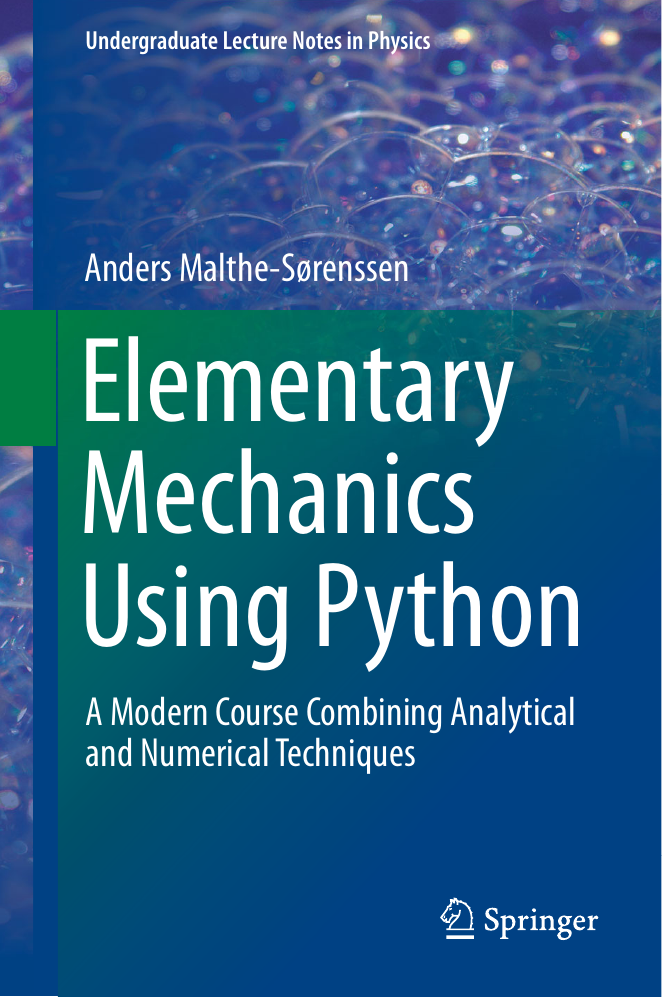

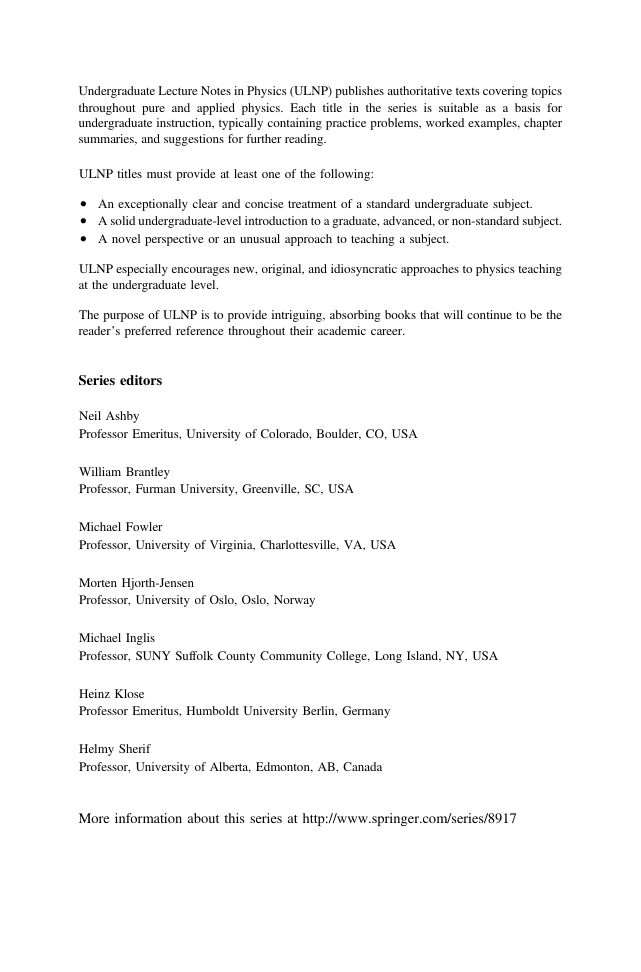
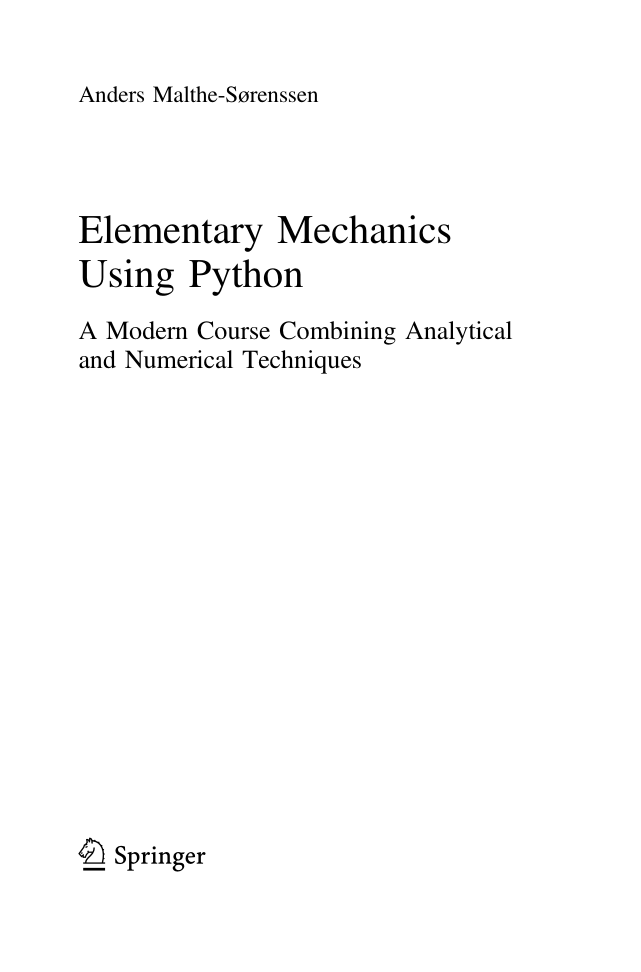
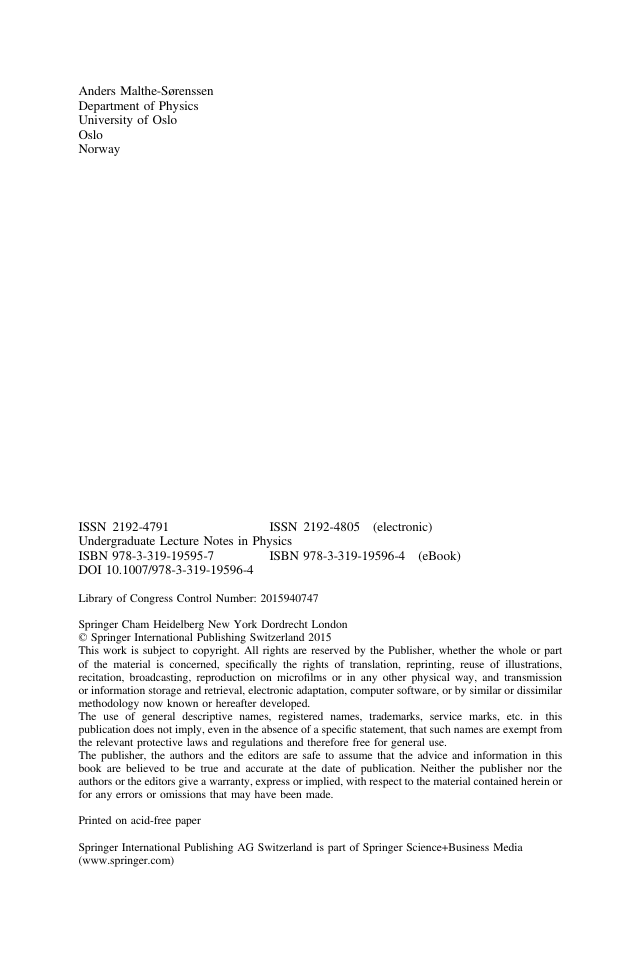

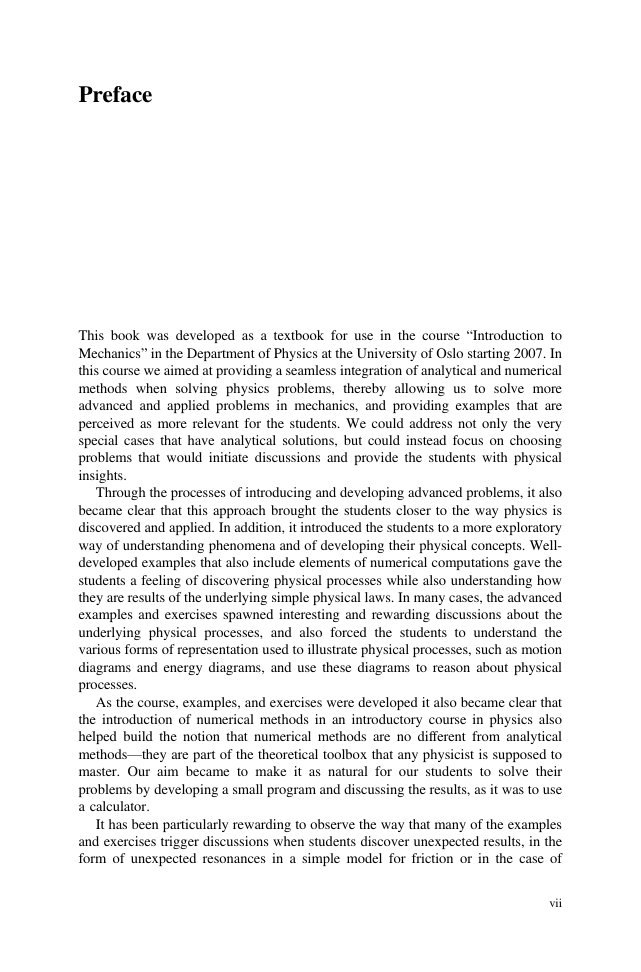
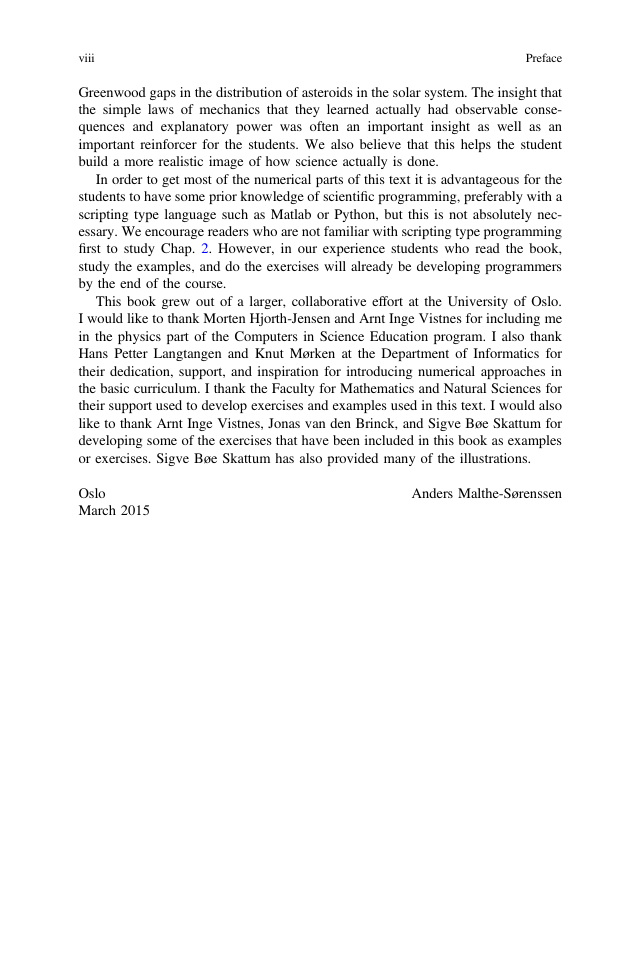








 2023年江西萍乡中考道德与法治真题及答案.doc
2023年江西萍乡中考道德与法治真题及答案.doc 2012年重庆南川中考生物真题及答案.doc
2012年重庆南川中考生物真题及答案.doc 2013年江西师范大学地理学综合及文艺理论基础考研真题.doc
2013年江西师范大学地理学综合及文艺理论基础考研真题.doc 2020年四川甘孜小升初语文真题及答案I卷.doc
2020年四川甘孜小升初语文真题及答案I卷.doc 2020年注册岩土工程师专业基础考试真题及答案.doc
2020年注册岩土工程师专业基础考试真题及答案.doc 2023-2024学年福建省厦门市九年级上学期数学月考试题及答案.doc
2023-2024学年福建省厦门市九年级上学期数学月考试题及答案.doc 2021-2022学年辽宁省沈阳市大东区九年级上学期语文期末试题及答案.doc
2021-2022学年辽宁省沈阳市大东区九年级上学期语文期末试题及答案.doc 2022-2023学年北京东城区初三第一学期物理期末试卷及答案.doc
2022-2023学年北京东城区初三第一学期物理期末试卷及答案.doc 2018上半年江西教师资格初中地理学科知识与教学能力真题及答案.doc
2018上半年江西教师资格初中地理学科知识与教学能力真题及答案.doc 2012年河北国家公务员申论考试真题及答案-省级.doc
2012年河北国家公务员申论考试真题及答案-省级.doc 2020-2021学年江苏省扬州市江都区邵樊片九年级上学期数学第一次质量检测试题及答案.doc
2020-2021学年江苏省扬州市江都区邵樊片九年级上学期数学第一次质量检测试题及答案.doc 2022下半年黑龙江教师资格证中学综合素质真题及答案.doc
2022下半年黑龙江教师资格证中学综合素质真题及答案.doc